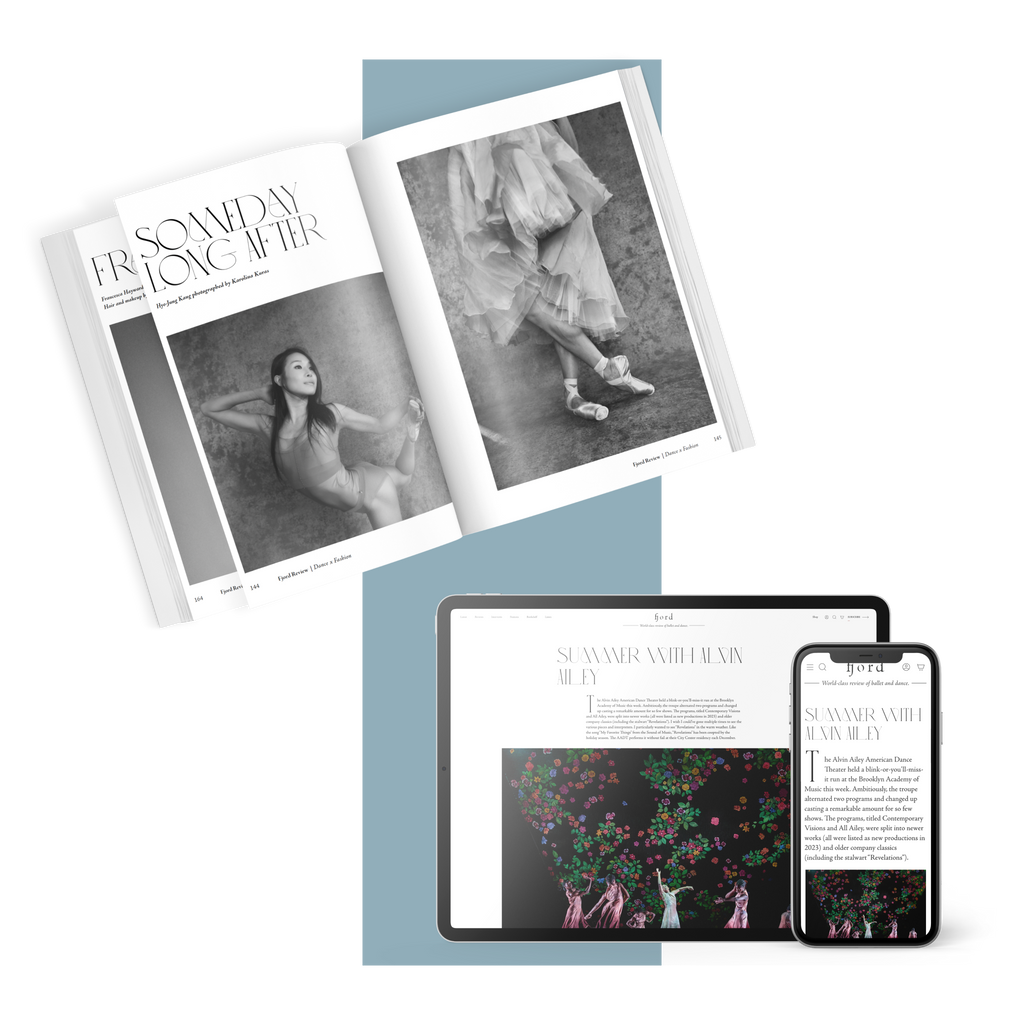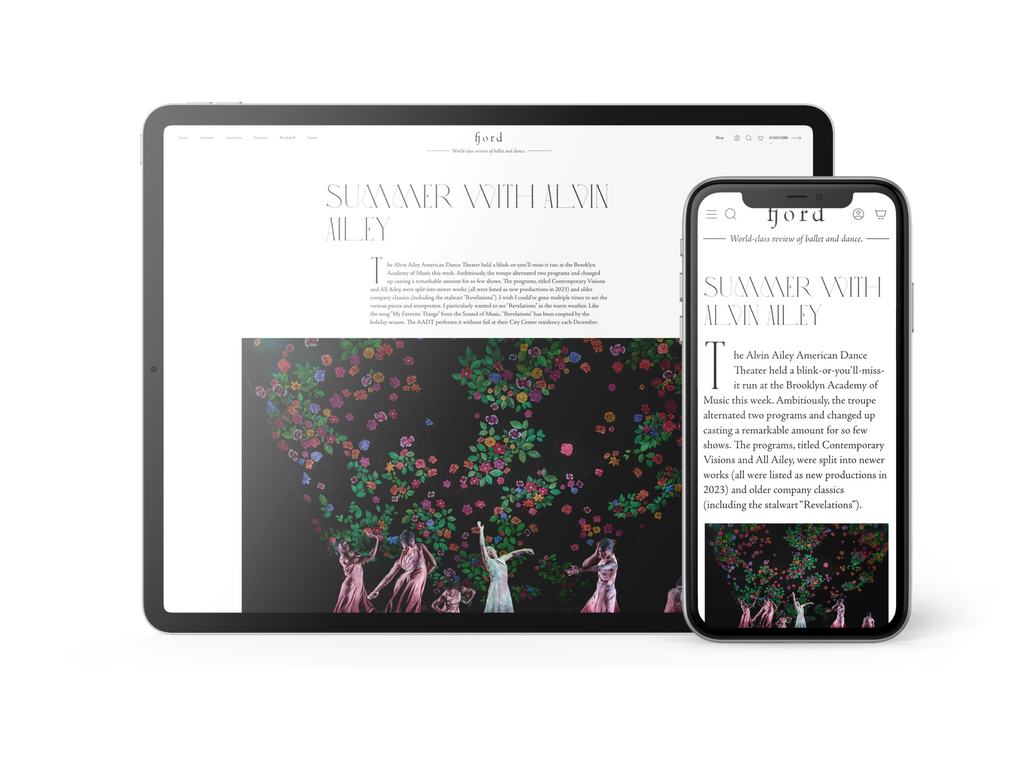Serata Forsythe
This program of three works by William Forsythe set to the music of James Blake has special meaning for La Scala Ballet.
Continue Reading
World-class review of ballet and dance.
The curtain for “Vollmond,” one of the final works from the late Pina Bausch, created in 2006, opens on a colossal boulder that calls to mind a craggy sea stone, or maybe a hunk of spacerock. It could be either—the title translates to both ‘high tide’ and ‘full moon,’ and its concerns are as earthly as they are cosmic: love, ire, power, the stratospheric stuff of life. The duality is in step with Bausch’s wider repertoire, posing oblique questions about the human condition, especially the relationships between men and women, although there’s more room for warmth here than in earlier works, more silliness amid the meditation.
Performance
Place
Words



Starting at $49.99/year
Your weekly source for world-class dance reviews, interviews, articles, and more.
Already a paid subscriber? Login

This program of three works by William Forsythe set to the music of James Blake has special meaning for La Scala Ballet.
Continue ReadingUshering in the ninth season of Dance at the Odyssey, which takes place January 8–February 16 at the Odyssey Theatre Ensemble and features a number of cutting-edge choreographers and world premieres, curator, producer and festival co-founder Barbara Müller-Wittmann adores her job.
Continue ReadingAround this time of year, we can all use a little cheer. The early darkness, the cold, the state of the world alone can send one into a spiral.
Continue ReadingWill Tuckett’s new production of the “The Nutcracker” for the National Ballet of Japan serves up a holiday feast for the senses. Sweetly invigorating, it’s also a warm toddy for the soul. From start to finish, Tuckett’s “The Nutcracker” is truly a dream.
Continue Reading
comments